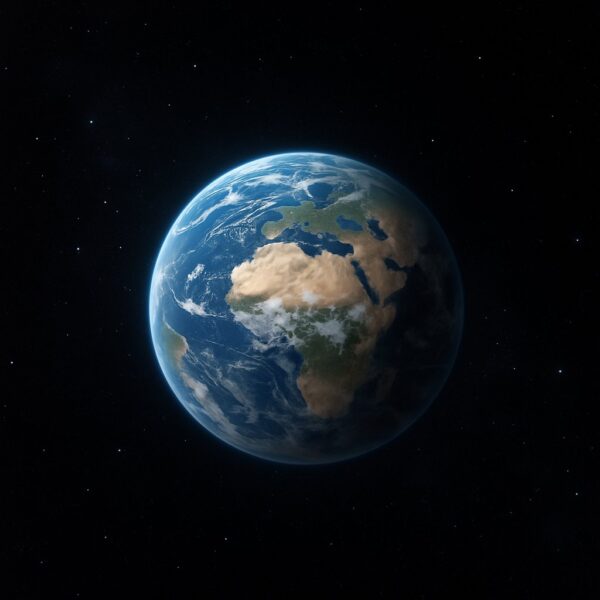Recent astronomical findings have turned heads across the scientific community. A groundbreaking theory suggests that our Earth—along with the entire Milky Way—might be floating in an enormous low-density region of the universe, a concept being referred to as the “Hubble Bubble.” This revelation could be the missing piece in solving the long-standing puzzle of the Hubble Tension, a discrepancy in the measured rate of the universe’s expansion.
What Is the Hubble Tension?
For decades, scientists have been puzzled by conflicting measurements of the Hubble Constant, which describes how fast the universe is expanding. When measured using the Cosmic Microwave Background (CMB)—radiation leftover from the Big Bang—the value is lower. But when measured using nearby galaxies, supernovae, and redshift data, the value is significantly higher. This contradiction is what cosmologists call the Hubble Tension.
Are We Living in a Cosmic Void?
Astrophysicist Dr. Indranil Banik from the University of Portsmouth in the UK has proposed a radical yet elegant solution. According to his team’s new research, our solar system might reside in a vast low-density void, which they term the “Hubble Bubble.” This void could span nearly 2 billion light-years across and have about 20% less matter than the average cosmic density.
If we are indeed in such a region, the galaxies outside of this bubble would appear to be moving faster than they actually are—creating an illusion of accelerated local expansion. This could explain why measurements based on local galaxies yield a higher Hubble Constant than those derived from the CMB.
Sound Waves from the Big Bang: A Clue from the Early Universe
Dr. Banik’s team analyzed Baryon Acoustic Oscillations (BAO)—subtle ripples left behind by sound waves in the early universe. These waves serve as cosmic yardsticks to track how the universe has expanded over time. By studying their angular patterns and redshifts, the team noticed anomalies consistent with the presence of a large-scale void.
What’s more compelling is that the statistical model including the “Hubble Bubble” fits the BAO data 100 million times better than models that assume a homogenous universe. This finding suggests that cosmic structure may be more complex and uneven than previously thought.
Challenging the Standard Model of Cosmology
The prevailing cosmological model, known as Lambda Cold Dark Matter (ΛCDM), assumes the universe is homogeneous and isotropic—meaning it looks the same in every direction and location. However, the new research argues otherwise. It opens the door for models that allow for spatial inhomogeneity, like cosmic voids, which may better explain real-world data.
Banik’s group is also using a technique known as the Cosmic Chronometer Method to study how galaxies age over time and how the expansion rate has evolved across different regions. This method analyzes galaxy ages, star compositions, and redshifts, which could confirm the presence of variable expansion rates throughout the cosmos.
Implications for the Future of Cosmology
If this “Hubble Bubble” hypothesis is validated through further observations and cross-verification, it could revolutionize our understanding of the universe. It would mean that our current models oversimplify the complex structure of cosmic matter and that local observations may not represent universal truths.
This theory also emphasizes the need for new physics or, at the very least, an overhaul of how we interpret existing data. With tools like the James Webb Space Telescope and next-generation cosmic surveys, the future holds immense potential for solving one of modern cosmology’s greatest challenges.
Conclusion
The idea that we might be floating in a massive cosmic void isn’t just science fiction anymore—it’s an active area of cutting-edge research. The concept of a “Hubble Bubble” offers a compelling explanation for the Hubble Tension and forces us to rethink our place in the universe. As observational technologies improve, we may soon discover whether this theory reshapes cosmology—or simply opens up new mysteries about the vast, ever-expanding cosmos.

Very niice post. I justt stumbled upon yolur weblog and wanted tto say that
I have truly enjoyed surfing around your blog posts.After all I’ll be
subscribing to your feed and I hppe you write again soon! http://boyarka-inform.com/